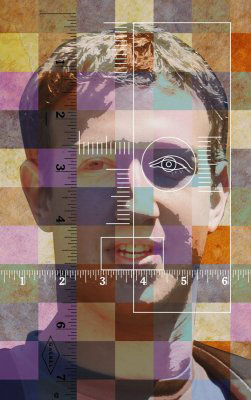Businesses foresee a day when signs and billboards with face-recognition technology can instantly scan your face and track what other ads you’ve seen recently, adjust their message to your tastes and buying history and even track your birthday or recent home purchase. The FBI and other U.S. law enforcement agencies already are exploring facial-recognition tools to track suspects, quickly single out dangerous people in a crowd or match a grainy security-camera image against a vast database to look for matches.
Many fear that future is coming too quickly, with facial-recognition technology becoming increasingly advanced, available and affordable before restrictions on its use can be put into place. Concerns have been raised on Capitol Hill in recent weeks that FBI searches using the technology could trample Fourth Amendment protections against unreasonable search and seizure, while some in the industry say excessive regulations could cripple cutting-edge technology.
“In our country, government shouldn’t be looking over your shoulder unless it has a reason,” said Jay Stanley, senior policy analyst with the American Civil Liberties Union's speech, privacy and technology project. “They should not be collecting data on innocent subjects.” The potential to “data-mine” raw video or photography using facial-recognition technology is another concern, he said, but one that could clash with First Amendment rights on the right to photograph.
The FBI’s Next Generation Identification program also may accelerate the rate of progress. It will provide a national database of mug shots, enabling law enforcement officials to use the facial-recognition technology to quickly search pictures of suspects against photos of anyone who has been arrested. Set to take effect in 2014, it has caused concerns that officials can discover a criminal past of anyone for whom they can obtain a picture, with or without probable cause.
Sen. Al Franken, the Minnesota Democrat who chaired the Senate hearing, noted that FBI training manuals already show facial-recognition technology being used to identify protesters. “I fear the FBI pilot program could be abused not only to identify protesters but to target them as well,” he said.
“While fingerprints take hours and days for analysis, some advanced facial recognition in use today by U.S. law enforcement is as accurate as fingerprints, but results are obtained in seconds, not hours, in identifying criminals and perpetrators attempting to use false identities and aliases,” Mr. Amerson said.
“Something has to be done, because otherwise we are living in a world of ubiquitous identity” where you can’t walk out your front door,” he said.












